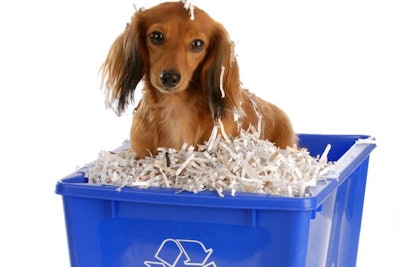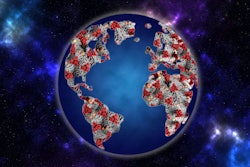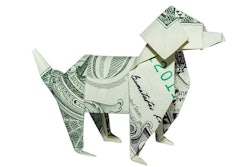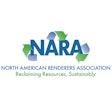
Premium pet food consumers can not have their cake and eat it too. On the one hand, pet owners want packaging with low environmental impact. However, those same pet food and treat purchasers also look for artful, resealable or single-serve packaging that keeps contents fresh for long periods. Those two trends may conflict with each other. Premium and superpremium pet food packaging tends to be made from high-barrier materials with colorful, graphic printing. Making those types of pet food bags, pouches and other containers from renewable resources can pose problems, Scott Whiteside, food science professor at Clemson University, said during the Q&A of the Petfood Forum Connect-ED presentation.
“Somebody wanting premium, high barrier, moisture and oxygen barrier material with great graphics, and all that in a plastic material, it's hard to find that in something that's sustainable,” he said.
Problems with premium pet food packaging recycling
“Especially in the plastics market, very seldom will you find one plastic material that will handle and give you all the properties you need,” he said. “Usually they're going to be multi-layer, either co-extrusions or adhesive laminations. When you start making those types of multi-layer materials, even though it looks like one single material, to recycle or send it through a process to extract those out becomes very costly and very difficult. So usually, there's not a large recycling stream there.
He mentioned two examples from the human food industry. Milk jugs are made from a single material, high-density polyethylene, and so are easily recyclable. The retort pouch used for packets of tuna are not. They contain three or four layers of nylon, polypropylene, aluminum foil, polyester or other material.
“Even though individually, all three materials, or four might be recyclable,” he said. “When they're all glued or extrusion laminated together, you can't do that.”
Plant-based and animal-based materials, like fish gelatin, give pet food packaging fairly good oxygen transmission rates (OTR), he said. However, all these materials attract water. Being hydrophilic, they have very low oxygen vapor transmission rates. They absorb moisture and then degrade very quickly.
Landfills and biodegradable pet food packaging
While dissolving bags on store shelves or warehouses would be disastrous, at least breaking down quickly is precisely what biodegradable packaging would need to do. Yet, even developing a pet food container using biodegradable materials could cause problems in some regions. In many parts of the United States, landfills are constructed so that the materials are intended to stay put indefinitely, Whiteside said. Landfill operators don’t want pet food packaging to biodegrade and potentially leach polymers and other compounds into ground water supplies. Instead, in these cases, easily compressible packaging may be preferable environmentally since they take up less space in landfills.














